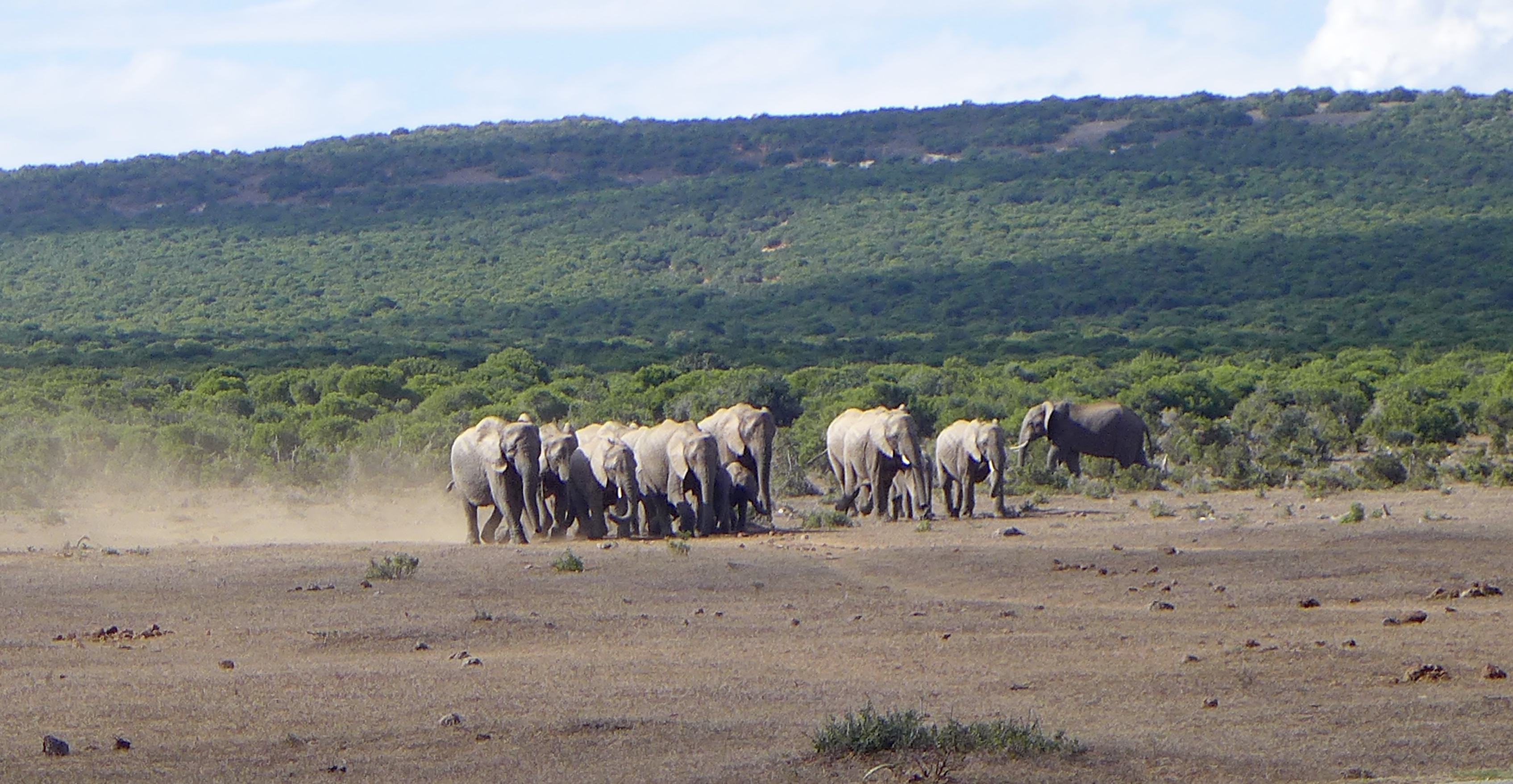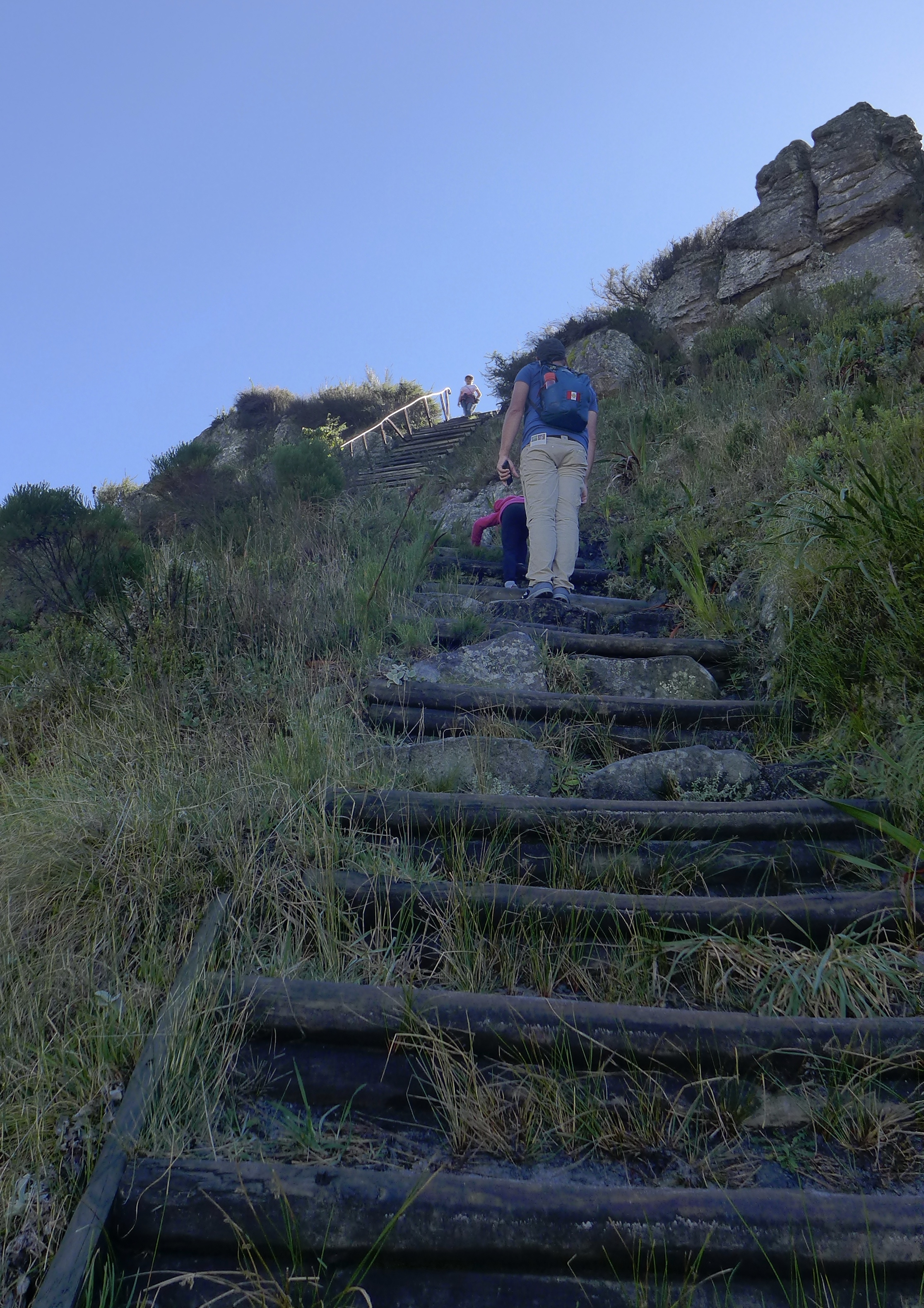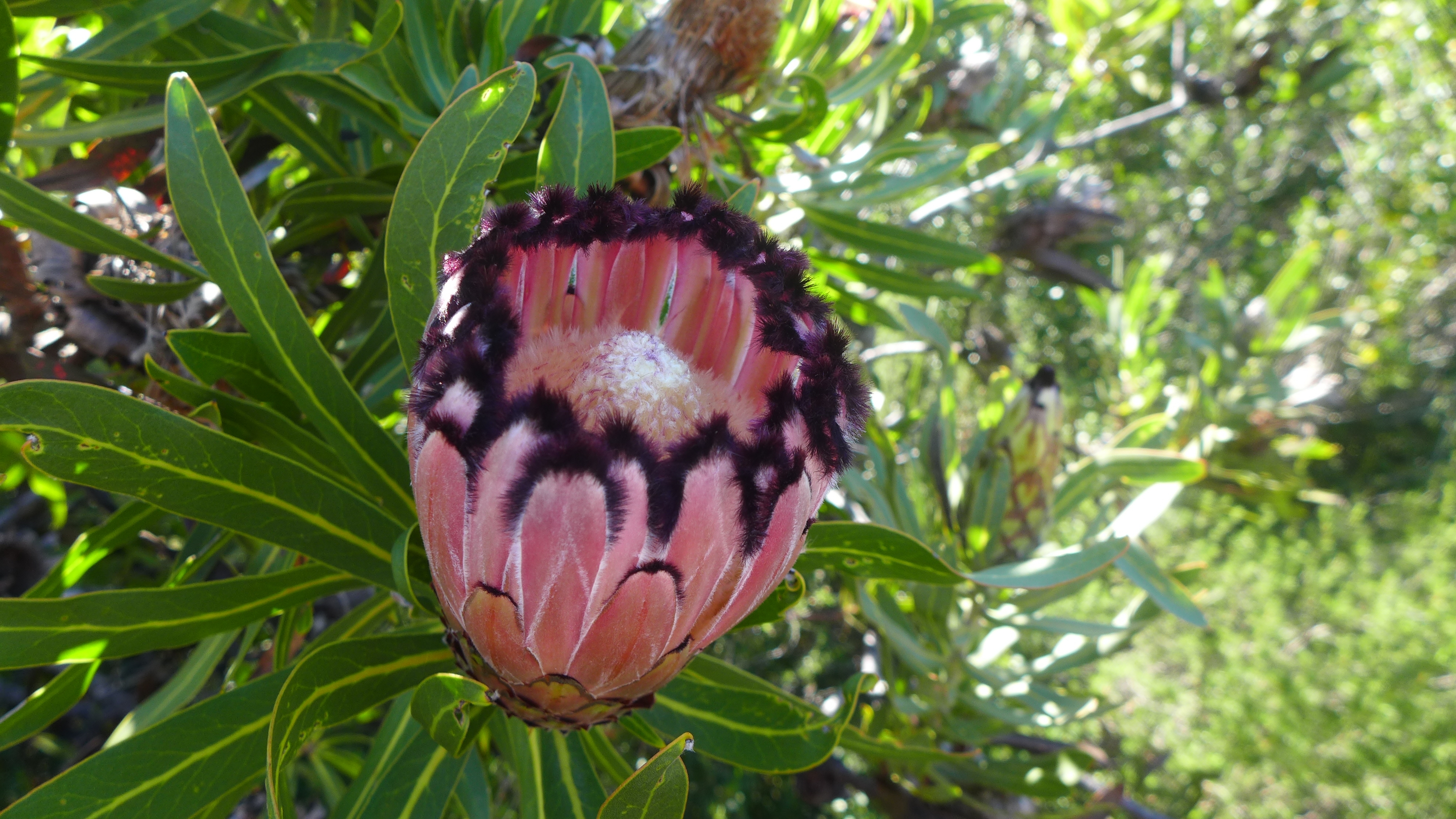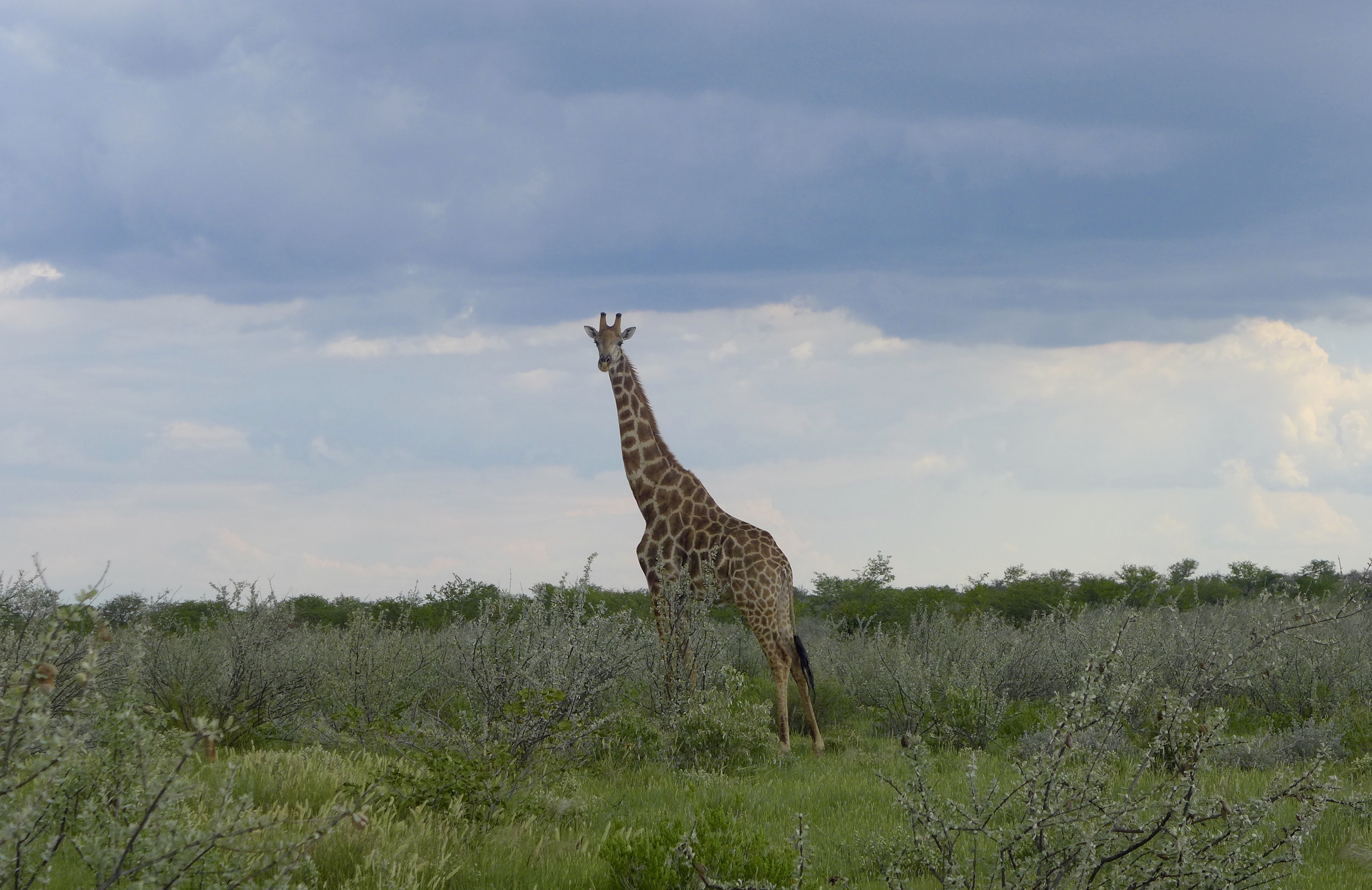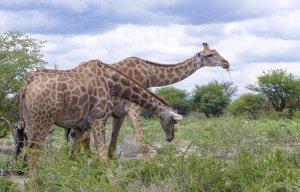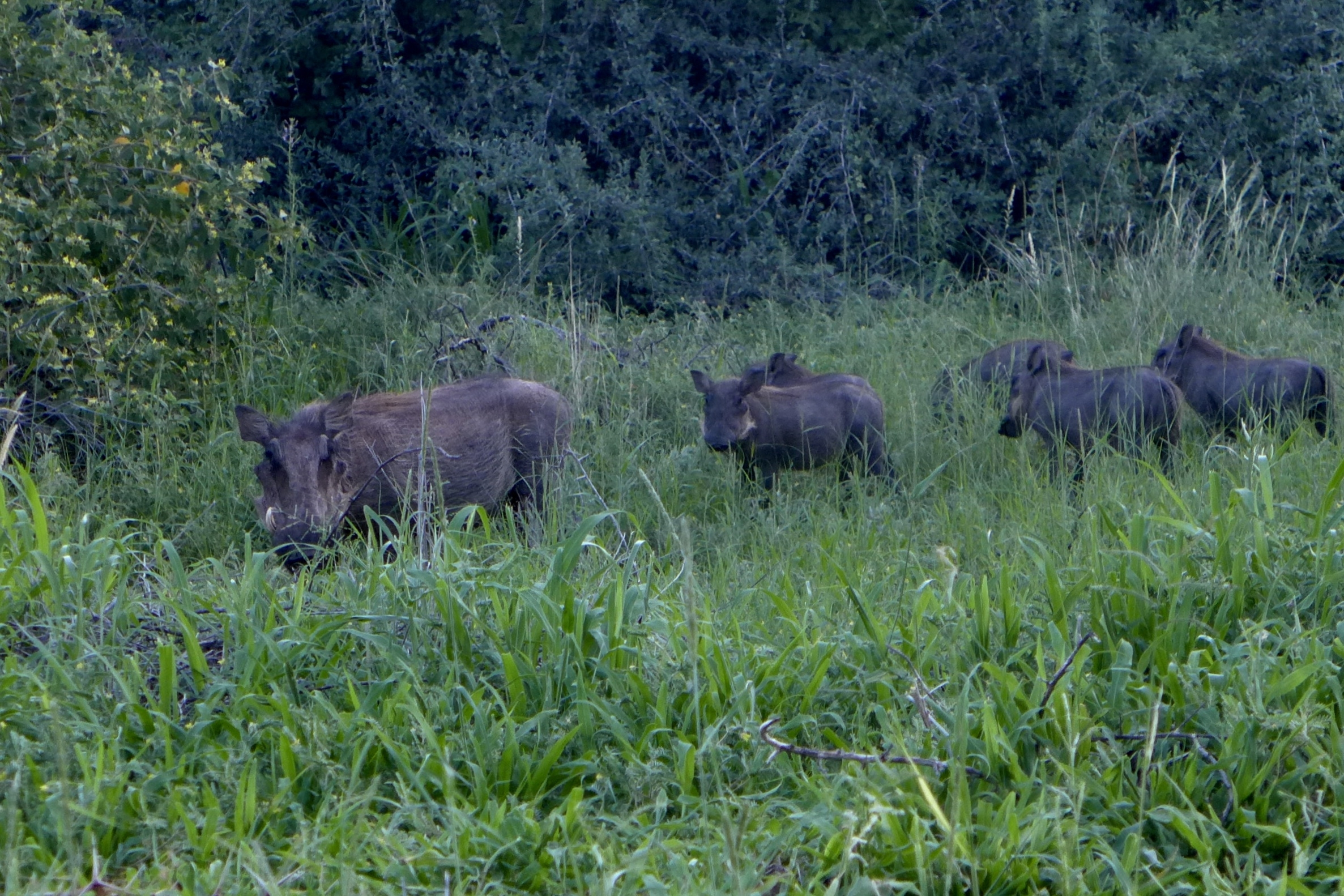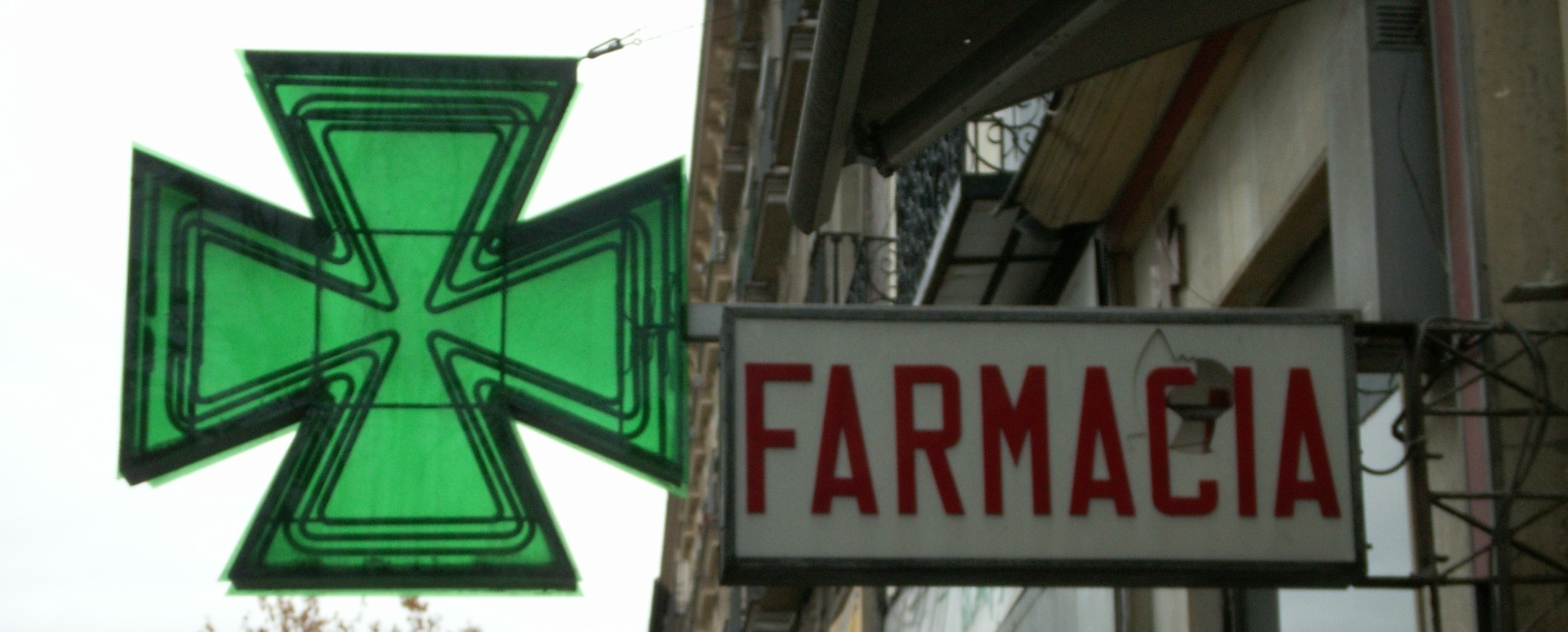Since we were unable to go to Johannesburg and Kruger National Park due to my rehabilitation needs and the girls’ school schedule, we needed to find an alternative animal park somewhere else to satisfy one last fix of the African wildlife. We decided on Addo Elephant Park, which is about 45 km from Port Elizabeth and seemed to fi t nicely into our plans to drive along the Garden Route and stay overnight in one of the costal towns in the Eastern Cape. Addo is a national park a little over 1,600 square kilometers in size. Zebra, lion, Cape Buffalo, rhino and of course elephants are among the large animals you can see in the park. Hippo also live there but are found in an area of the park only accessible by 4-wheel drive. We heard that because of its size it is almost guaranteed that you will see all the animals. Unfortunately, we still missed the elusive lions but watched as a herd of about 15 elephants came charging out of the bush to drink at the water hole where we had front row seats. Our favorite character was the baby bouncing (and occasionally stumbling) alongside the mother with its trunk flopping around uncontrollably and exuding pure joy (actually we read that baby elephants have little control of their trunk for the first 2-3 weeks of life).
t nicely into our plans to drive along the Garden Route and stay overnight in one of the costal towns in the Eastern Cape. Addo is a national park a little over 1,600 square kilometers in size. Zebra, lion, Cape Buffalo, rhino and of course elephants are among the large animals you can see in the park. Hippo also live there but are found in an area of the park only accessible by 4-wheel drive. We heard that because of its size it is almost guaranteed that you will see all the animals. Unfortunately, we still missed the elusive lions but watched as a herd of about 15 elephants came charging out of the bush to drink at the water hole where we had front row seats. Our favorite character was the baby bouncing (and occasionally stumbling) alongside the mother with its trunk flopping around uncontrollably and exuding pure joy (actually we read that baby elephants have little control of their trunk for the first 2-3 weeks of life).
While planning our route, I read about Knysna (pronounced with the K silent) and Plettenburg Bay two coastal cities close to Port Elizabeth who are regaled for their beauty. I booked accommodation in Plettenburg or “Plett” as you would say if you were a local. I was also told to check out Knysna Elephant Park or KEP, which is located between Knysna and Plett. It is a privately owned elephant rescue program that also allows tourists to walk with, feed and ride the elephants. According to the website and the elephant caretakers we spoke to while there, KEP is a rescue sanctuary and their prime goal is to care for injured elephants and provide a safe haven for elephants from other game parks who are threatened for one reason or another, such as an aggressive older rhino who is on the attack. Once the elephants are safe and nursed back to health, they are reintroduced into larger, private game parks. These rescue elephants never see tourists. The elephants that tourists meet are the nine that make up their “resident herd”. One of the trainers was keen to make a differentiation between an elephant sanctuary and elephant park whose prime goal, according to him, is for tourism and profit.
Even though the option to ride the elephants was enticing, Jacob and I knew right away that we did not want to support this practice. Abusive training protocols in Southeast Asia has gained much publicity in recent years. From my research, I learned that elephants are not built to be pack animals and their backs cannot tolerate very much weight. I also read that many elephant tours in Southeast Asia use saddles perched in the middle of the elephant’s back and the elephants are forced to carry one to two people on long rides for up to 12 hours per day with little water. There was a story in April 2016 of an elephant at Angkor Wat in Cambodia that collapsed and died of exhaustion. The practice in Southeast Asia to train elephants for tourism as well as perform pack-animal work for farmers is called Phajaan or “the crush”. Baby elephants are stolen from their mothers and undergo this abuse and torture to break them of their “wildness”. Smugglers tranquilize the baby elephant so they can transport it and often they will shoot and kill other adult elephants that linger over the collapsed baby. The “trainers” will submit the baby to isolation, starve them of food and water and use bullhooks to beat and prod the elephant into submission. In Northern Thailand, there are now a few parks whose mission is to rescue and protect abused elephants. These elephants are already desensitized to humans and the park allows tourists to get up close and personal but not ride them.
Knysna Elephant Park does not use saddles to transport the riders. Instead, they use blankets and riders sit at the front of the elephant’s body above their shoulders where their backs are stronger. Additionally, the rides there are only 15-20 minutes long, which is more tolerable for the elephants. However, I still did not want to support riding elephants even if their way was more “humane”. As soon as the girls saw the other tourists getting ready to ride, they challenged our ability to hold steadfast to our decision with immediate tears and protests about how we are unfair and horrible parents. However, we are not parents who cave easily just to keep our children from experiencing disappointment. You know me, I of course think it is valuable for kids to experience the breadth of their emotions as well as understand that the world does not need to bend to their every whim. That is how they will learn that they have the strength to tolerate tough emotions and make responsible choices. Actually, this event gave us the opportunity to talk with them about the controversy and why we were choosing to walk instead of ride.
Our walk with the elephants was magical. I did not envy the riders one bit because all they did was sit on top holding onto the elephant’s trainer. They missed out on the relationship we created with our walking partners, Nandi and Thandi (mother and daughter). The trainer who was walking with Mackenzie and me told us that Nandi and Thandi have never been willing to accept riders and the trainers are of the belief that they will not force an elephant to do a job they do not want to do. As we walked, we got to look into their eyes, put our hand on their warm, rough skin and feel the wiry hairs on their bodies and trunks. By the end of the experience the girls had come around and understood that this experience was just as good if not better than a ride.
Still, after our walk, the memory that the trainers at KEP all carried bullhooks floated to the front of my mind. I started thinking more about elephant abuse and the training required for elephants to allow people on their backs. I wondered if KEP’s stated method of positive reinforcement was really all they use and if so, why the need for bullhooks? I watched how the trainer, walking with Mackenzie and me, used his hook to sort of push Nandi back into her line; he also used a strong voice like you would with a dog so maybe the bullhook is like a leash. I have an undergraduate degree in Psychology in which I learned all about positive reinforcement and how to get rats and pigeons to do tricks for me using food as a reward. I imagine this is what they do with the elephants as well but is this really humane? If elephants backs are not built to carry weight why do we think it is ok to put two adults up there even if their agreement is a bucket of fruit at the end. I then started to wonder about how much poking and prodding the elephants endure so that people can walk next to them? Is it really any better? I decided to ask Google about elephant abuse in Africa and guess which “sanctuary” came up in the feed? The owners of KEP also own and an elephant park called Elephants of Eden. In 2014 the owners were charged with and admitted to cruel and abusive treatment of baby elephants at Elephants of Eden but denied that the practice also occurs at KEP. Click to read for your self.
There are many businesses and organizations in the world that use animals in captivity to bring in money and raise awareness. It is pretty damn cool to be that close to an elephant or pet a cheetah but is my life going to be any less full if I just see these animals from a distance instead? Is keeping animals in captivity the right method to bring about awareness and conservation? Would people care as much about endangered species and land conservation if they didn’t get to see the animals in person and develop an empathetic connection?


